AV 101: Industry Terms Explained
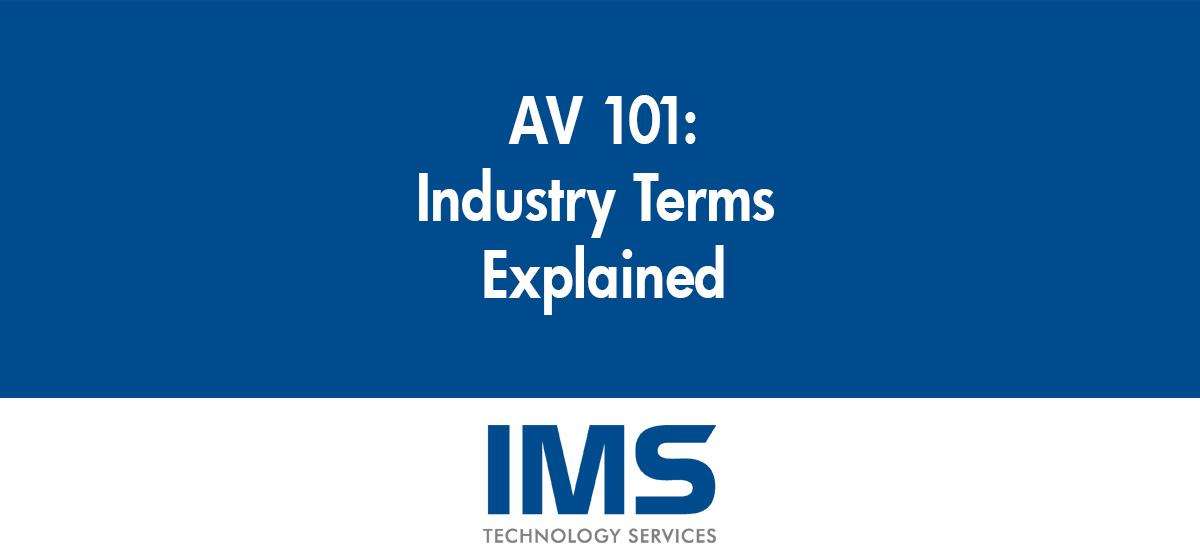
ASPECT RATIO
Suppose you are having a meeting for all of your top executives and they have spent a lot of time putting together presentations with spreadsheets and charts and graphs. The day of the event, the first executive loads her slide deck but the image doesn’t fill the screen. There are gaps along the edges. You’ve got pretty big screens but the actual presentation seems smaller. What’s the problem? The aspect ratio of the source material and displays don’t match.

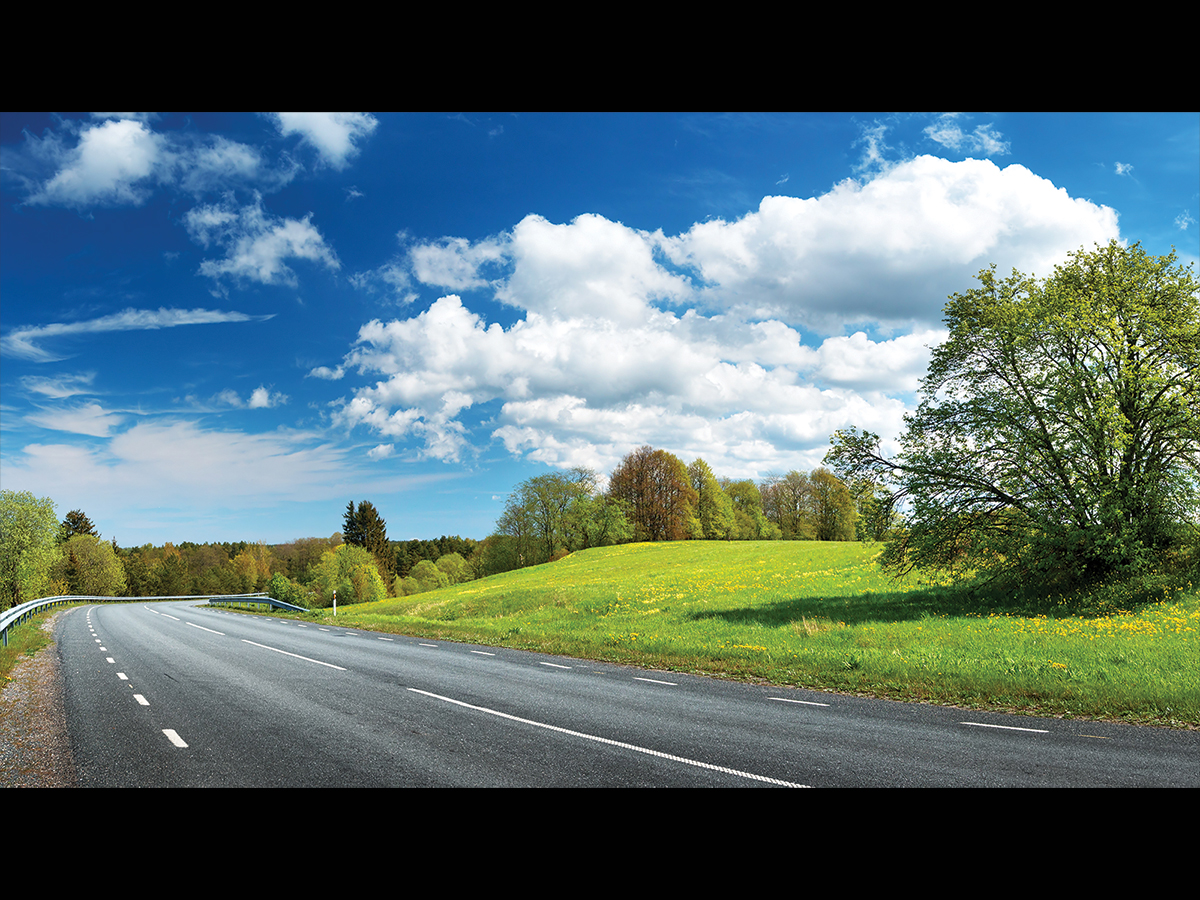
Image shown with a 16x9 aspect ratio, and same image shown with 4x3 letterbox
The aspect ratio is how wide an image is compared to how tall it is. For example, if a screen has an aspect ratio of 16:9, it could be 16 inches by 9 inches, 16 feet by 9 feet, or 32 feet by 18 feet. Ideally the aspect ratio of your source material and screen will be the same.
Why should you care about aspect ratio? It’s possible you could pay for a wide screen TV but then only show standard 4:3 material, leaving gaps on the left and right. That’s space your presenters could have used for charts. Or graphs! You might order a large projection screen and not use the top and bottom due to widescreen content. Not only is there a question of unused space, but some people don’t care for it aesthetically.
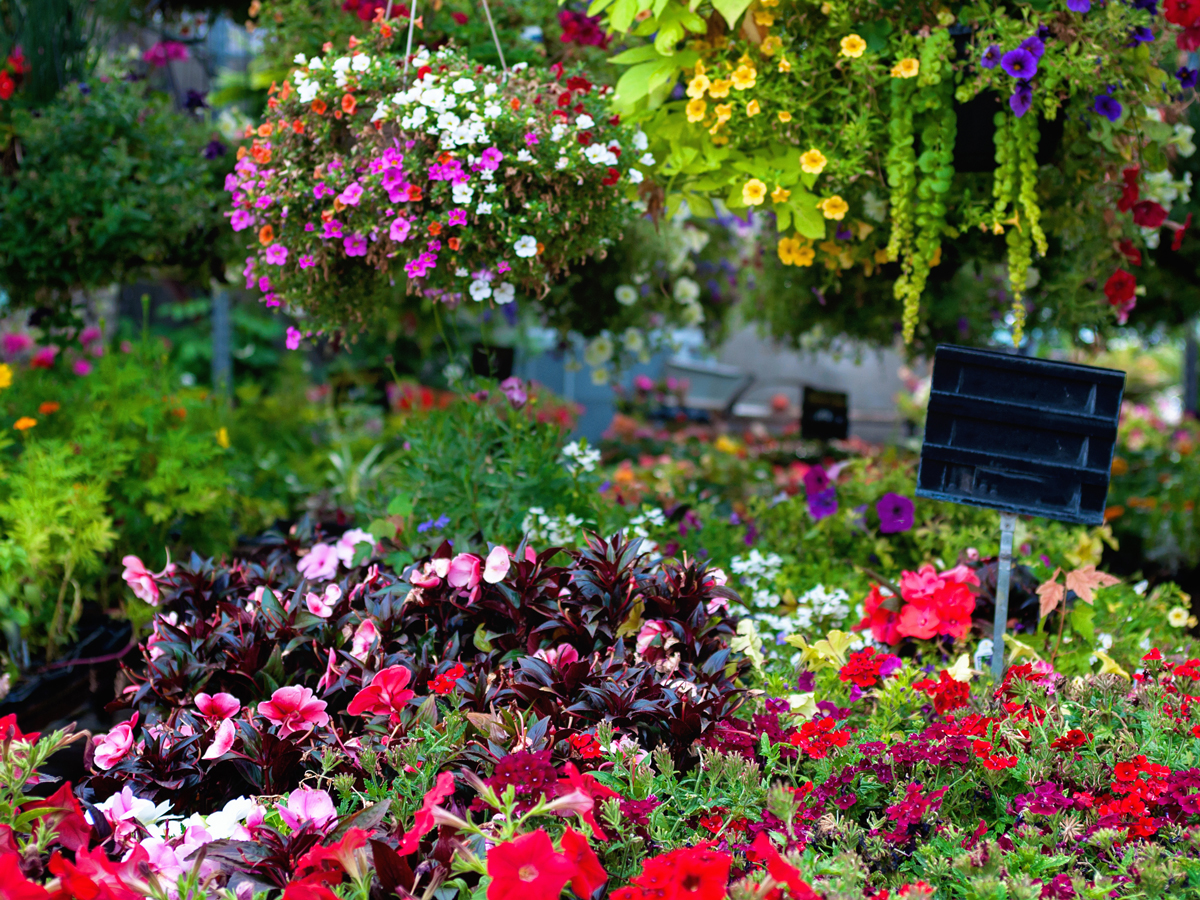

Image displayed with a 4x3 aspect ratio, and same image shown with a 16x9 letterbox
As you are putting together materials, ideally you’ll communicate to both your presenters and AV partner what the desired ratio is. That way you’re getting the most bang for your buck, using the screen you paid for and presenting the best version of your content.
In the past, the most common format for slideshows like PowerPoint in the U.S. was 4:3, but because of the popularity of wide screen TVs increasingly the standard is 16:9. I’m actually simplifying a bit, there’s a huge range of aspect ratios, but these will be the most common for basic event audio visual in the U.S. If you’re interested in learning more, there’s a great Wikipedia article with more info.
IMAG
You’ve probably heard people joke about getting nosebleed seats at a game and how they would’ve had a better view at home. Big meetings can feel like that too (except there’s no TV coverage of the meeting at home). There’s more to a game than being super close to the players, and there’s more to a meeting than being super close to the presenters. But you can help keep attendees engaged using IMAG.
IMAG stands for “image magnification.” Once you reach a certain number of attendees in one room, not everyone will have a great view of the presenter. To compensate, you can set up a camera with a live feed of the proceedings being sent to the screens. If you only have one primary screen, you can switch between presentation content and the video feed, or if budget allows you can have multiple screens, some for content and some for IMAG.
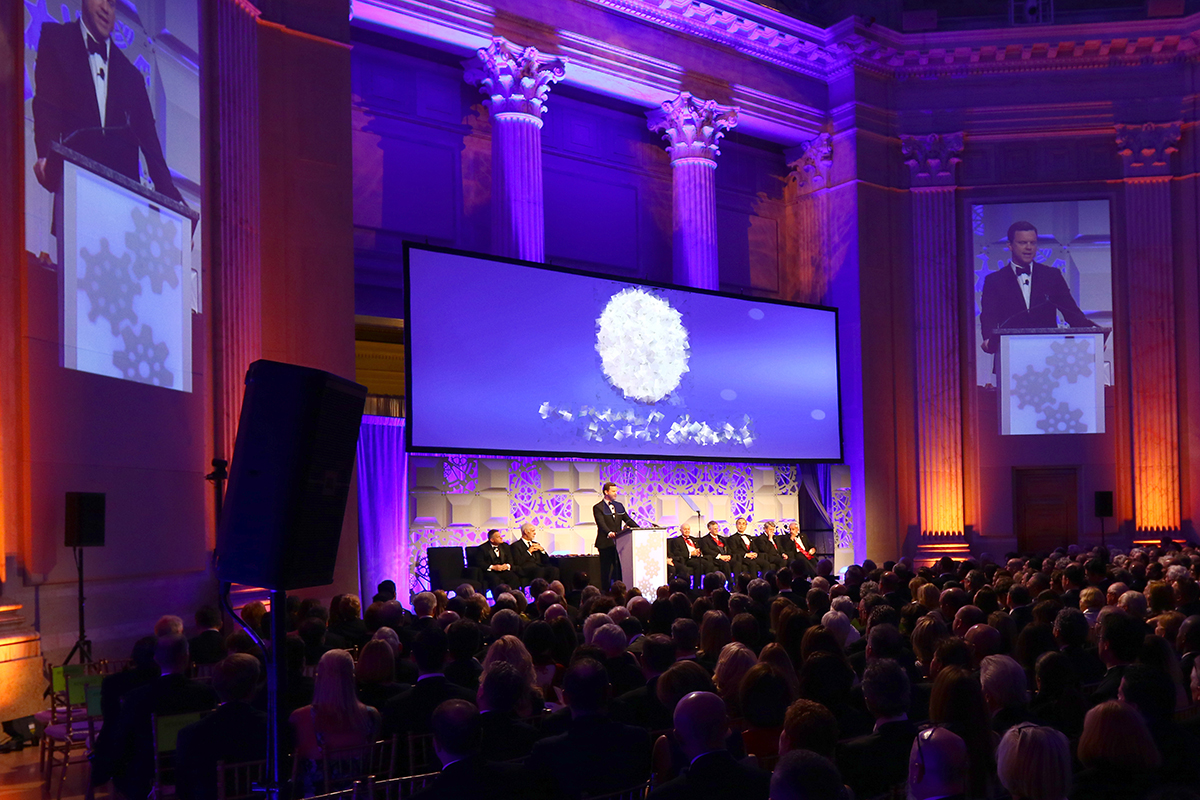
An event with IMAG projection on either side of the stage. (The center screen has a 3x1 aspect ratio)
GOBO
A gobo is a stencil or pattern placed in front of a light source and projected onto a surface. It’s commonly used on walls, floors, and drape. It’s a relatively cost effective option for branding events.
You might consider using a gobo for a logo, or something specific to the occasion or event. As an example, some internal projects have their own logo, or a quarterly slogan or motto. Gobos can also be used for decorative purposes, either graphics related to a theme (“Christmas”, “James Bond”) or abstract patterns.
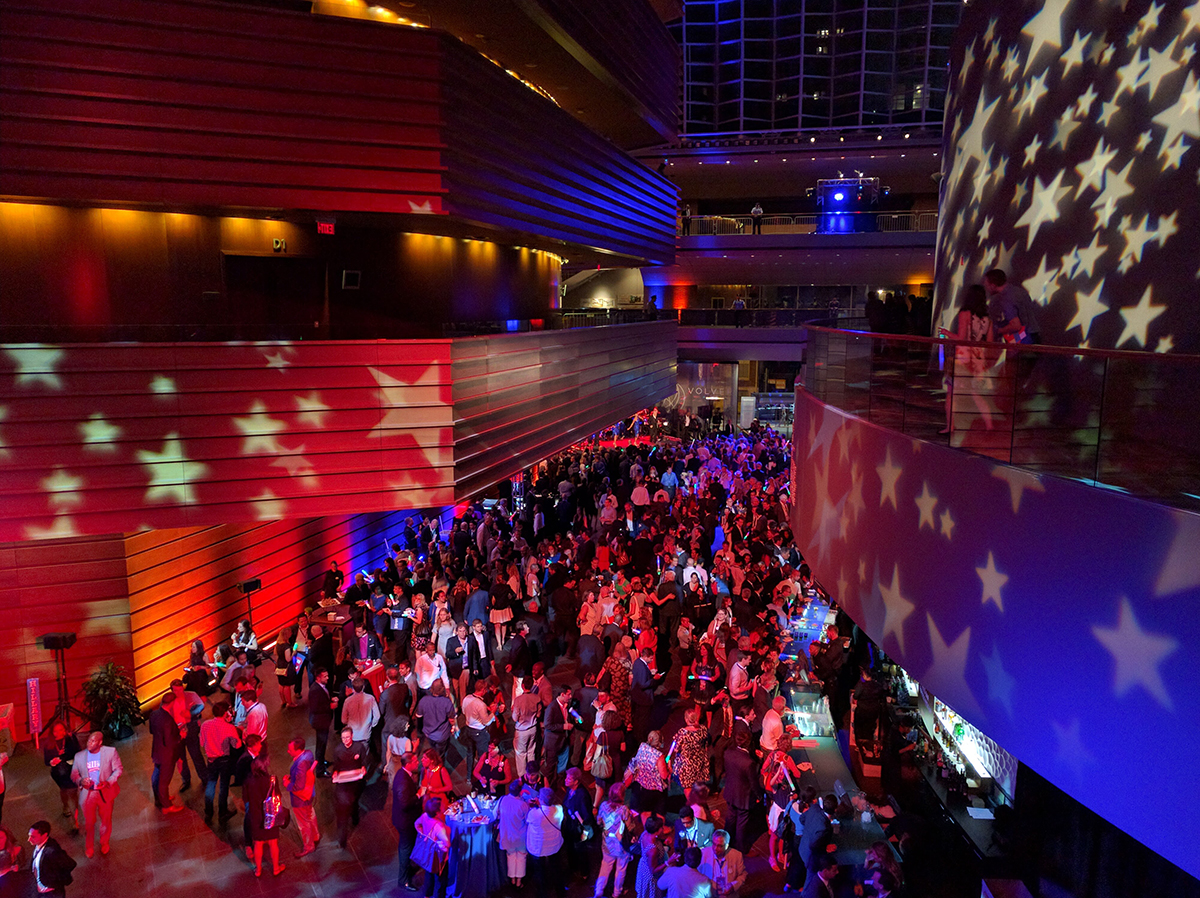
An IMS event from the Democratic National Convention using star gobos
Most audio visual companies will be able to get a gobo made for you, or if you anticipate using them often you can get some yourself and travel with them (they are typically small - only a couple inches in diameter. The lowest cost gobos are monochrome steel stencils, but it is possible to get glass gobos with fine detail and many colors.

An example of what a star gobo itself would look like. A common size would have a 100mm diameter.
Article written by Greg Kamprath, IMS National Account Manager.
Share This Article
Categories
Latest Posts
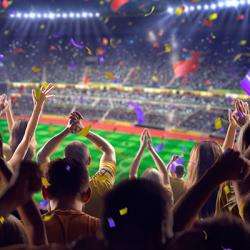
Philadelphia 2026: Is Your Venue Ready for the Spotlight?

Scalable AV Infrastructure for Life Science Enterprises
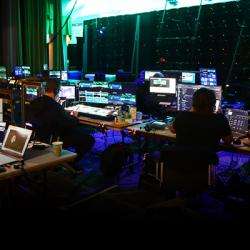
Extend Your Reach: The Power of Virtual and Hybrid Events

Why Every Detail Matters in Investor and Year-End Meetings

IMS Technology Services Welcomes John Beaulieu
Tags
Contact Us
- Headquarters: 3055 MCCANN FARM DRIVE, GARNET VALLEY, PA 19060
- Event Staging: 2000 COLUMBIA AVENUE, SUITE 300, LINWOOD, PA 19061
- Southeast Office: 404 SUNPORT LANE, SUITE 350, ORLANDO, FL 32809
- Phone: + 610-361-1870
- Contact Us
Services
Recent Posts

Philadelphia 2026: Is Your Venue Ready for the Spotlight?

